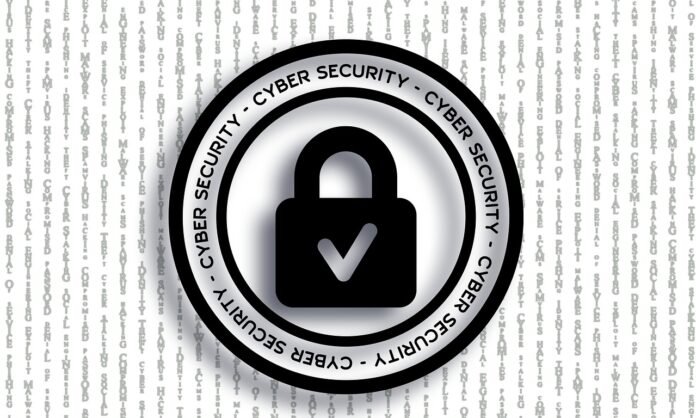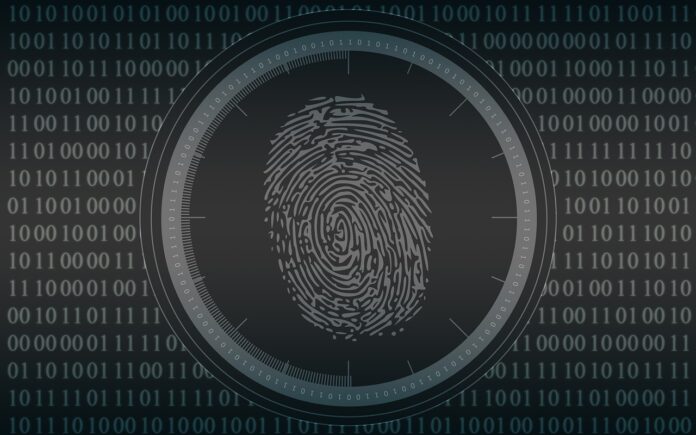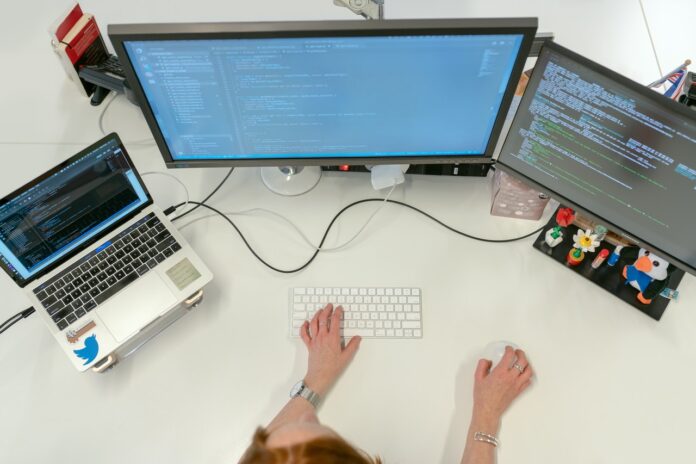Cybersecurity is all about protecting networks, systems, and different applications from digital attacks that have the intention to delete, alter, or in some way gain access to sensitive data. Sometimes, these attackers also want to extort money from the users. All of these things can lead to a complete disruption of the day-to-day business operations.
Step in biometrics, which is now widely used in cybersecurity because it provides a uniqueness to the overall system in the sense that biological data cannot be replicated. Facial recognition is a major part of biometrics, but it has other forms as well, like fingerprint scanning and retina scanning. To add an extra layer of security, facial recognition has found its way into online casinos like betMGM too.
Importance of Biometrics in Cybersecurity

Biometric authentication has been considered one of the most ‘effective’ methods to protect data on the premises by 92% of businesses. Similarly, 86% of businesses have claimed that biometrics are ‘very effective’ when it comes to preserving data from breaches on the public cloud.
If you see the corporate world structure, you will find that unauthorized personnel are often not allowed to access certain content or sensitive data here. Sensitive information or documents have to be ensured at all costs and accessed only by those who have the clearance to do so. This is necessary so that the integrity standards of the company are maintained. In this situation, do you think passwords are sufficient to protect such data? No, because these passwords are shared among peers too. Hence, the way out is that all the critical assets that the organization has and wants to protect can be done with the help of biometrics. This will limit access to only a selected number of personnel.
Analysts have already claimed that those firms adapting to the biometrics framework in cybersecurity will benefit from unparalleled data protection and a very high accuracy percentage. Companies can achieve authentic transactions provided that they have properly collected all retinal outputs, fingerprints, and iris designs and created the data sets. Unlike passwords or even PINs which can easily be forgotten, biometrics are present in a person’s physical self and thus, cannot be forgotten as it were.
What Are the Advantages Over Traditional Security Systems?
Now, after hearing all this jargon, you are probably thinking about how biometric systems are different from traditional ones. The security frameworks in the case of biometrics are very strong – they store face identification data, finger impressions, and also secret key checks, and all of these data are non-transferable. This is the beauty of it. You will be reassured that your information is safe and secured, and you can access data only through identification and authentication.
Types of Biometrics

Before you understand how biometrics can be incorporated further into the future of cybersecurity, let’s have a detailed look at the different biometrics types.
Physical biometrics, by and large, are all about examining your eye structure, hand shape, facial features, or anything that has to do something with your physical characteristics. Some of the biometrics that fall under this category include –
- Finger or Palm Veins Recognition
- DNA Matching
- Retina Scanning
- Iris Recognition
- Hand Geometry
- Facial Geometry
- Fingerprints
- Skull Shape
Finger or Palm Veins Recognition
This one, in particular, is quite interesting because every person’s finger has a unique pattern of blood veins inside, which is the pattern used to identify the person. So, the scanner will be mapping this pattern using infrared light.
Face Recognition
A person’s facial anatomy is yet another unique feature that is increasingly being used in cybersecurity.
Iris/Retina Recognition
The iris or retina also has a unique structure in every person, enabling it to be used in identification technology. However, this method of biometric verification is more challenging to implement compared to the others on the list mainly because for an ideal iris scan, you require a minimum amount of light pollution, an infrared light source, and also a camera that can see IR. All of these requirements have only made things difficult.
Fingerprint Recognition
As you can understand from the term itself, here, the fingerprint of the person is utilized to verify a person’s identity. A fingerprint identification technology is the most commonly used around the world because of its ease of implementation.
Aside from the types that have been mentioned above, there is also behavioral biometrics that identifies a person from their unique traits of behavior. In short, this can include speaker recognition, typing patterns, signature, finger and mouse movements, keystroke dynamics, walking gait recognition, and so on.
Multilayer Strategies

If you want to take your cybersecurity infrastructure up a notch, trying multilayer strategies is definitely the key. This will make it more complicated for the hackers to try and get into your system. If you ever face a serious threat to your company, remember that the entity is going to do everything in its capacity to break everything down and target your system. Hence, biometrics go a long way to help in these cases – however, you need to use biometrics in addition to other measures if you really want your system to be foolproof.
Conclusion
It’s true that biometrics are much stronger than traditional methods, but these days, hackers, too, are constantly looking for new ways to break your system. As a result of this, your organization must conduct a review at least once a week to catch any emerging threat. Now that biometric rules are tightening around the world, several legislations are also being established – hence you need to keep up to date.
In a nutshell, the world is still trying to adapt to biometrics in its cybersecurity plan, and it’s time that companies start to replace their traditional security norms and strengthen cybersecurity the right way.







